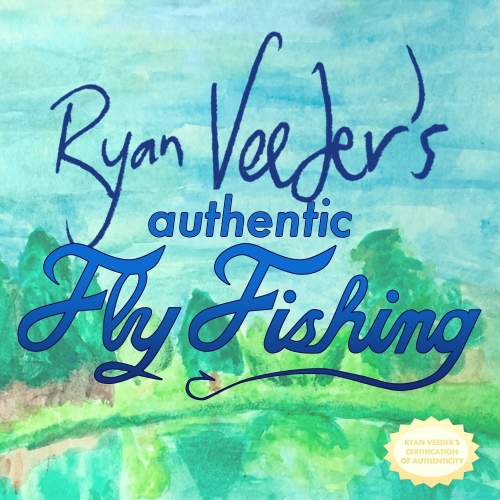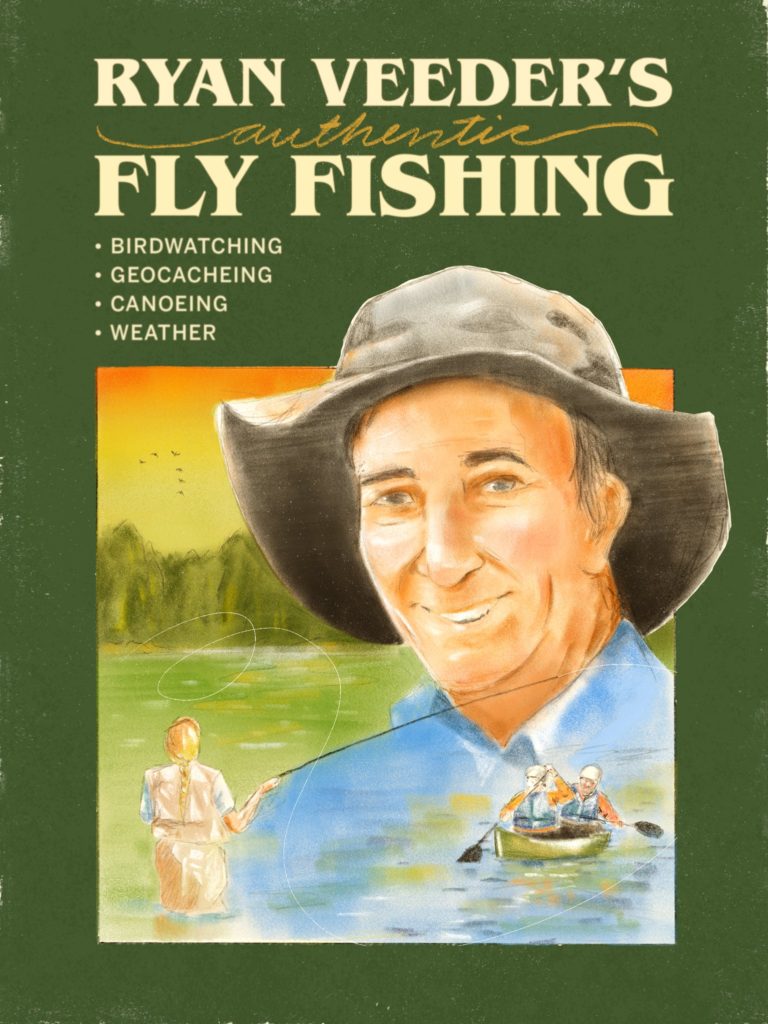We are halfway through 2018 but this is still technically the 20th anniversary of Michael Gentry’s Anchorhead. Close enough.
We would like to mark this occasion, pay tribute to one of our favorite games, and have a ton of fun by creating a sort of companion piece/homage/loving parody/grotesque imitation. When I say “we,” I mean all of us, en masse, including you.
I also mean Ryan Veeder and Jenni Polodna, the organizers of this project.
HERE’S HOW IT WORKS:
A strong female character wanders the halls of a decrepit mansion. Her husband is in danger. She has to help him. Each room into which she points her flickering flashlight teems with arcane danger and unspeakable history. Each room has been designed and written by a different author.
If you volunteer to participate, you’ll receive a prompt that goes something like this:
BOILER ROOM: A staircase leads up to the kitchen. The door to the southwest is locked. The rusty key is in here.
Then you’ll have about a month to make this room. You’ll do this by doing whatever the heck you want. Do you want to design a really nasty puzzle standing between the player and the rusty key? You should do that. Do you hate puzzles, so you want the key to just sit there on the floor? Definitely do that. Should there be a nameless horror from beyond space hanging out in the boiler room? No. Or, yes. It’s your call.
What if the details you implement contradict details written by somebody else for a different room? That’s okay. If it somehow renders the game unplayable we’ll figure something out.
What if the prose in your room is tonally or stylistically inconsistent with the prose in other rooms? Good grief I hope so. Otherwise why would we have a bunch of different people doing this?
I mean, this is an homage, so as you’re doing whatever the heck you want, you should do so within the context of Anchorhead-style cosmic horror. Or, if not within the context of, at least with an awareness of.
OKAY BUT SERIOUSLY HOW DOES THIS WORK:
The rooms you design will be stitched together by the organizers in Inform 7, and once we’ve made it work, we’ll unleash the monstrosity that results. That means the rooms themselves will be built in Inform 7.
If you don’t know from Inform 7 because you use some other authoring device or you’re not a programmer, you can still participate: If you draw up a detailed design document for your room with all the necessary prose, the organizers can translate it into I7 for you.
If you do work in Inform 7 you’ll be given a Compliance Sheet with a long list of Best Practices to ensure that your code can be plopped into the main project without breaking anything in anyone else’s rooms—while hopefully not constraining the content of your room, which, as I say, should consist of whatever the heck you want.
The organizers predict that, even if our Compliance Sheet is very well thought out, and even if every participant follows it exactly, combining all these hunks of code into a single working game may possibly turn out to be a nontrivial task. So expect that part of the process to take a while.
Speaking of time, here is our (still fairly malleable) schedule:
June 22 (Today): We are right now calling for your intent to participate. Email cragne@jennipolodna.com and commit to participating.
July 6 (2 weeks from today): This is the deadline for your intent to participate. When we know how many participants we have, we’ll draw up the game’s map and figure out who’s writing what. This might take a few days.
July 9 (A few days after that): You’ll receive your prompt. If you don’t think you can make it work—because you really hate boiler rooms, or something?—we’ll find you a different prompt.
July 13, 20, and 27: We’ll encourage you to submit a draft of your room each week leading up to the deadline. These check-ins aren’t mandatory, and we’re not necessarily expecting you to have anything presentable ready on the 13th. (I know I wouldn’t.) We do want multiple chances to look at your rooms while they’re in progress, though, so we can identify room-to-room conflicts (like two people both writing about “mud-slick galoshes”) and resolve them earlier rather than later.
August 3 (6 weeks from today): This is the deadline for your room. If you can get a couple people to beta test your room before this, that’s great. If you can’t, that’s fine. We want it to be amazing, but we’ll settle for it being playable.
August 31 (10 weeks from today): After a generously-proportioned period of futzing around, the organizers release the finished game—our finished game.
SO HERE’S WHAT YOU DO NOW:
Email cragne@jennipolodna.com and say “Yes, I want to contribute to a massive, ridiculous, collaborative tribute to Anchorhead, and I can get my room done before August 3, if you give me just under 4 weeks notice of what room I’m supposed to do.”
HOLD ON I HAVE TWO MORE THINGS:
Maybe you’re thinking, “Oh, golly, when Ryan and Jenni say ‘including you,’ I’m ever so sure they don’t really mean little old me.” Whoops! You are wrong. We need as many Anchorhead-heads as we can get to help us out. Remember how many rooms Anchorhead had? We want to have a ton of rooms.
Maybe you’re thinking, “Heck and dang! Ryan and Jenni announced this at the worst possible cussin’ time, because I’m a busy individual and don’t have four blasted weeks to make a good room!” Here’s the thing: You don’t have to craft a huge ridiculous room. You can write up a creepy hallway, add a couple moody details, and be finished in an hour. I wouldn’t actively encourage anybody to go small, but if you want to go small, or you need to go small, let us know, and we’ll assign you a little room. Something that’s on the way to something else. Your room’s smallness will magnify the bigness of what lies beyond. As long as that’s what you feel like doing.
TO REITERATE:
Email cragne@jennipolodna.com and let us know you want to contribute.



